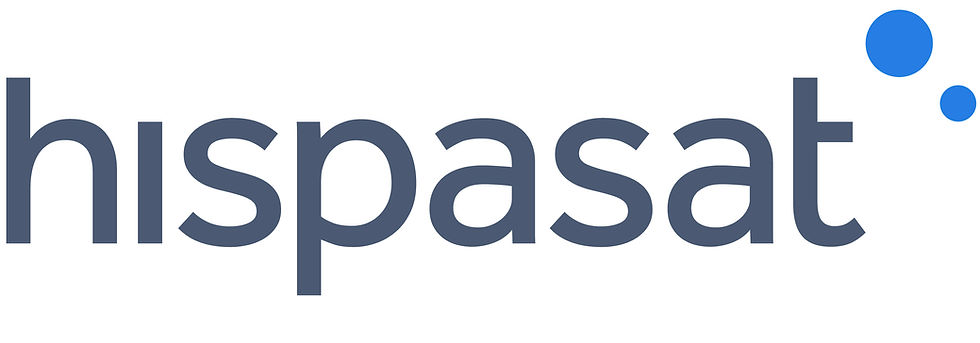Quilty Analytics Satcom Quarterly Briefing - Q2 2020
- Satellite Evolution

- Aug 24, 2020
- 2 min read

Welcome to our 2Q 2020 Satcom Quarterly Briefing. This series responds to subscriber interest in sector summaries, providing practical perspectives and guidance on major Satcom industry events and activities and what they mean for the companies, their investors, and the broader ecosystem at-large. Our 2Q20 report is focused on providing subscribers with an updated view on NGSO systems including their target markets, prospects for success, and potential implications for traditional players in the satcom industry. Much has changed in the LEO Broadband ecosystem since we issued our last report in February 2020. Major developments include:
OneWeb filed for Chapter 11 bankruptcy but appears to have a new lease on life with its future constellation investments being funded by the U.K. Government and Bharti;
SpaceX’s Starlink constellation has continued to grow and the company is now in early consumer Beta trials, as the company meanwhile completed its largest equity financing round to date (upsized to $1.9 billion);
Amazon’s Kuiper constellation has been licensed and the company has outlined a major commitment toward the program; and,
Meanwhile, the Telesat LEO program remains on-hold.

Our baseline assumption is that there will be three operational LEO Broadband systems within the next five years, not including SES’ mPOWER MEO network, which we also anticipate will soon be a reality. The sheer scale of the investment is unprecedented, with the level of investments in NGSO systems alone over the next five years rivaling that of today’s leading operators over the last five. These shifts are becoming increasingly real with the entry of ever-deeper-pocketed investors into the NGSO world, and the implications to the current broadband data markets are immense, as we assess in this report. Key topics covered include:
•Top Recent Satcom Sector Developments
•LEO/MEO Constellation Plans Update
•NGSO Broadband Systems Update: What are the implications of recent market developments? Who will be the main buyers of LEO Broadband services? How will NGSO operators generate attractive returns? What are the implications of LEO Broadband constellations in the context of the current satellite communications industry size and profile?



Comments